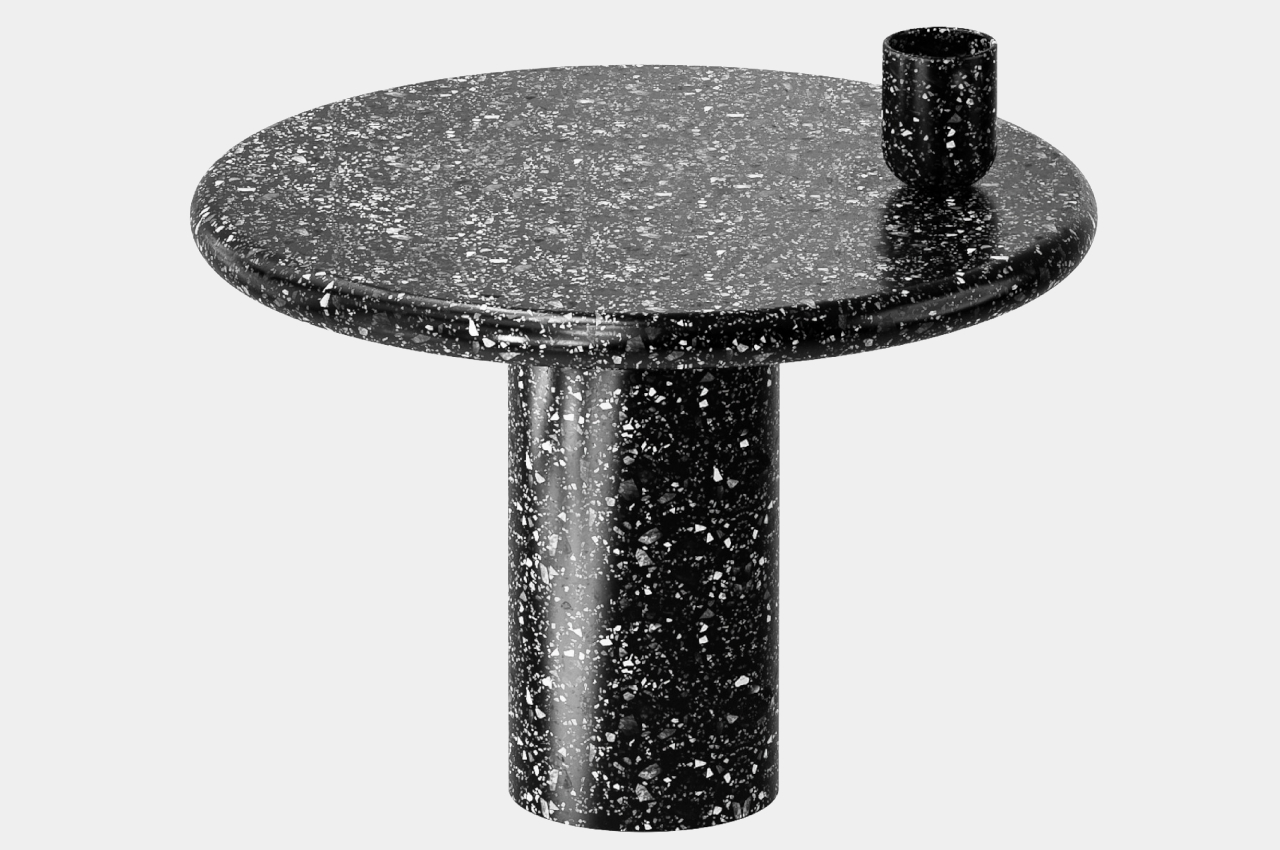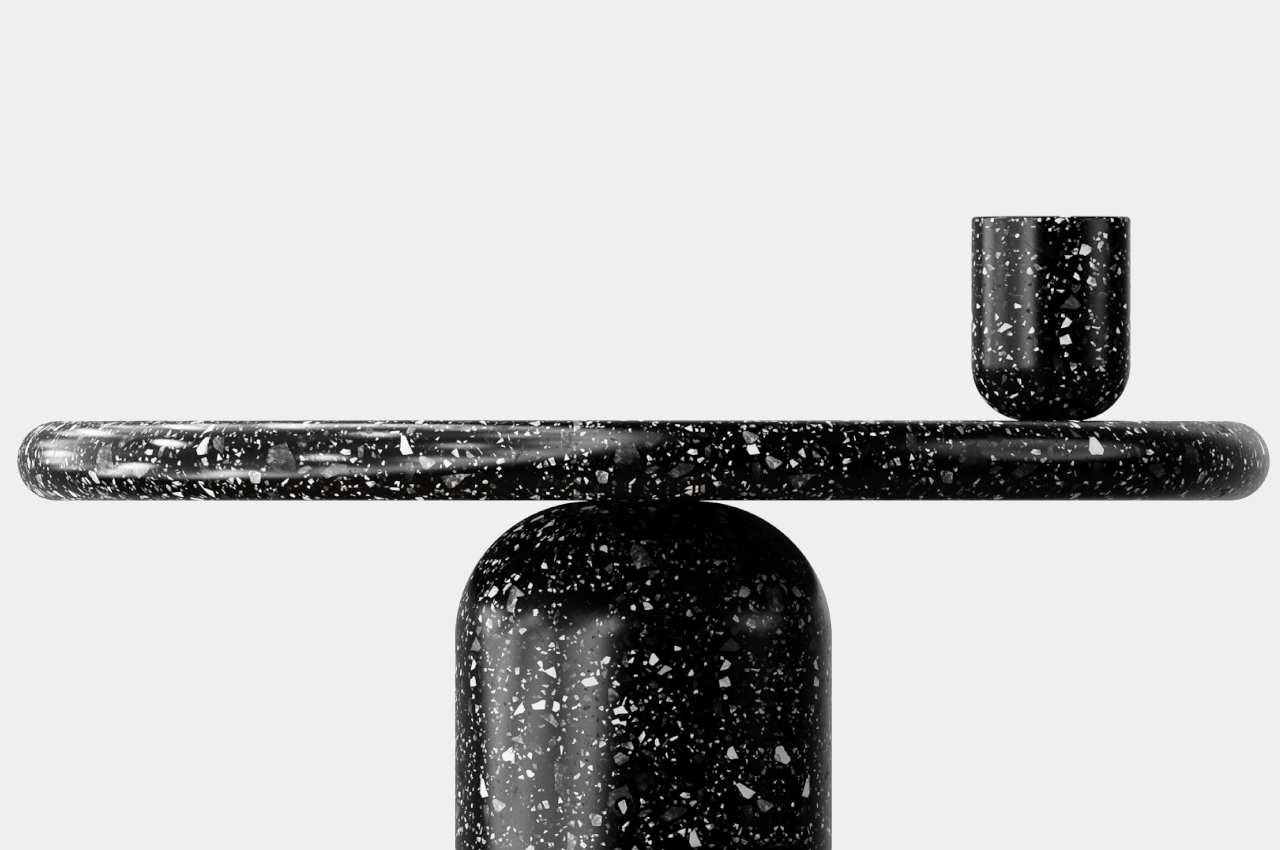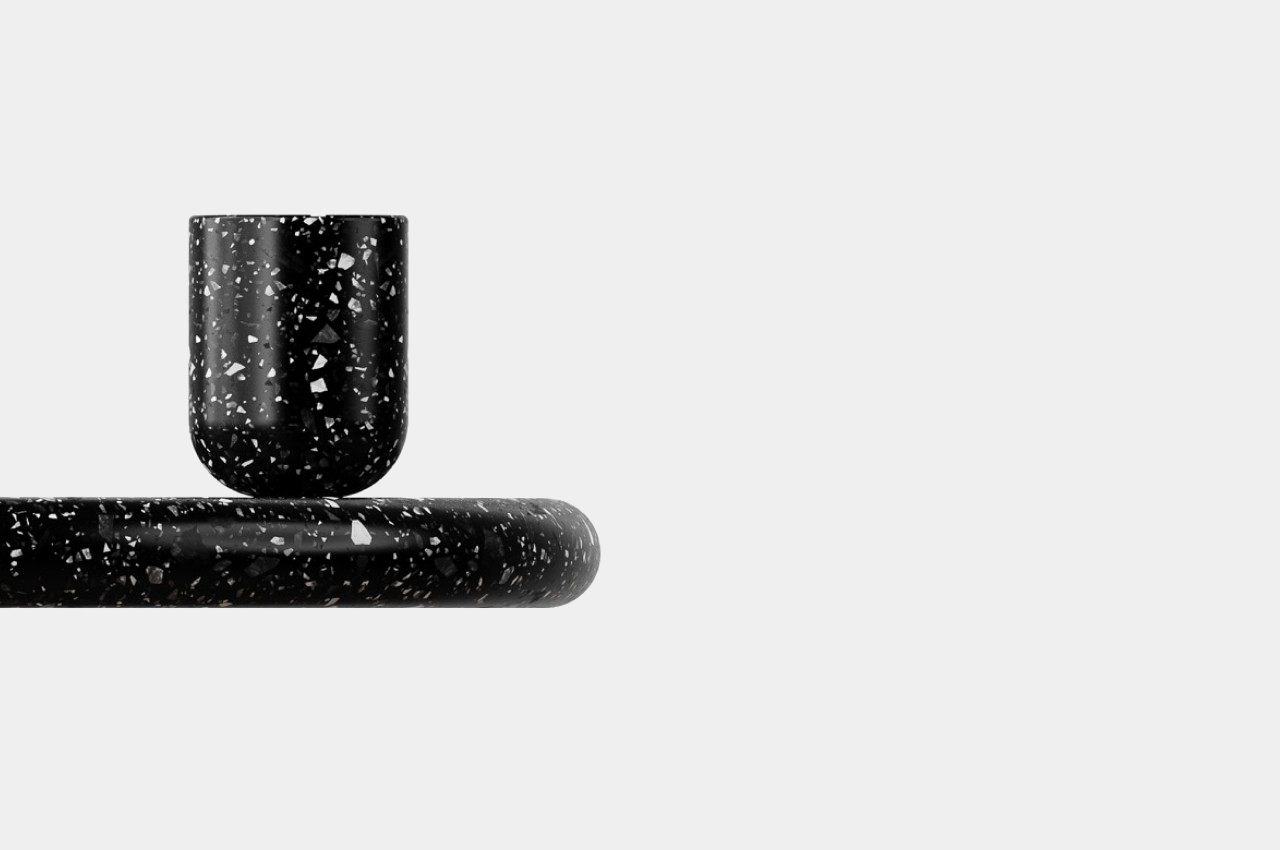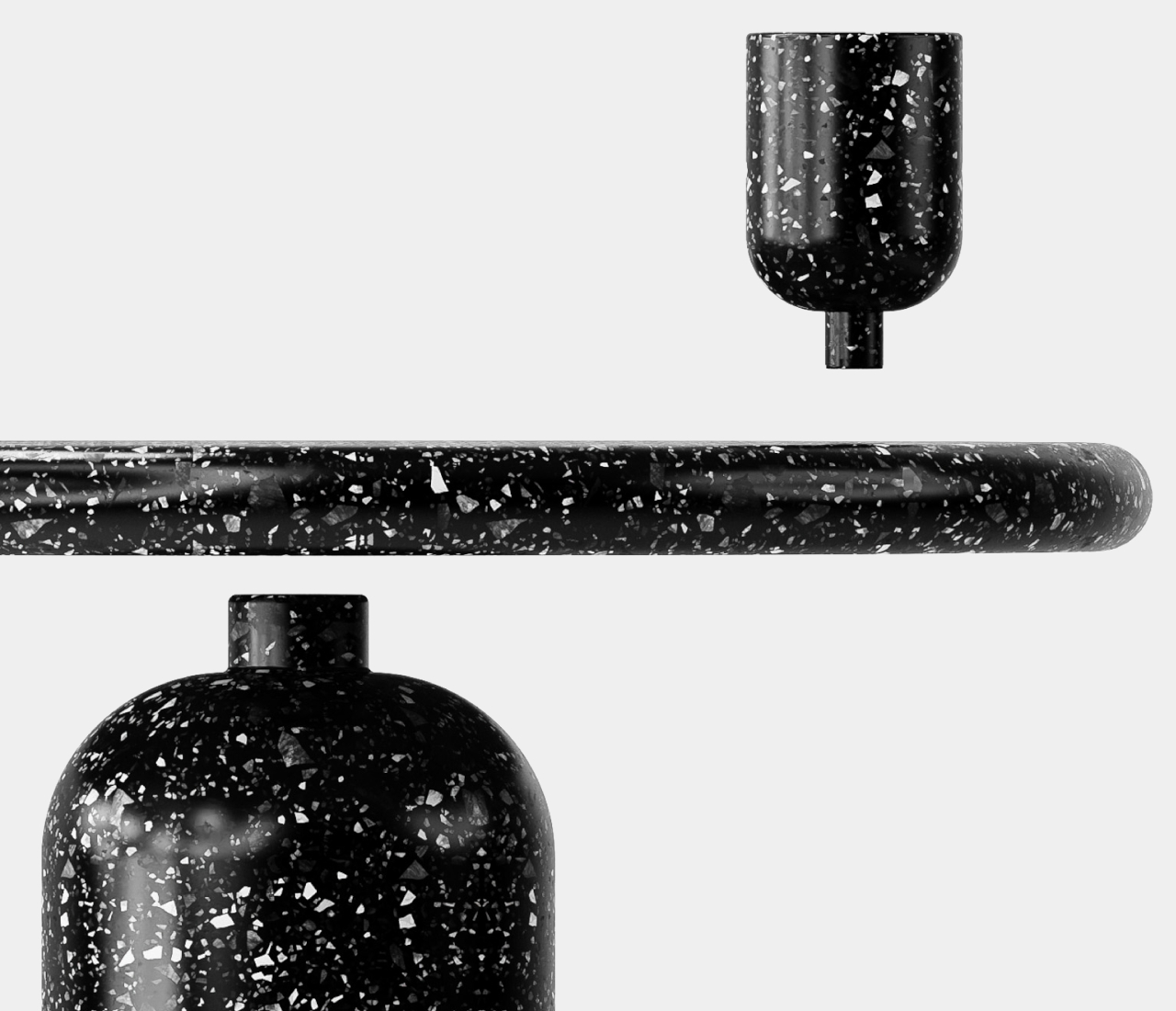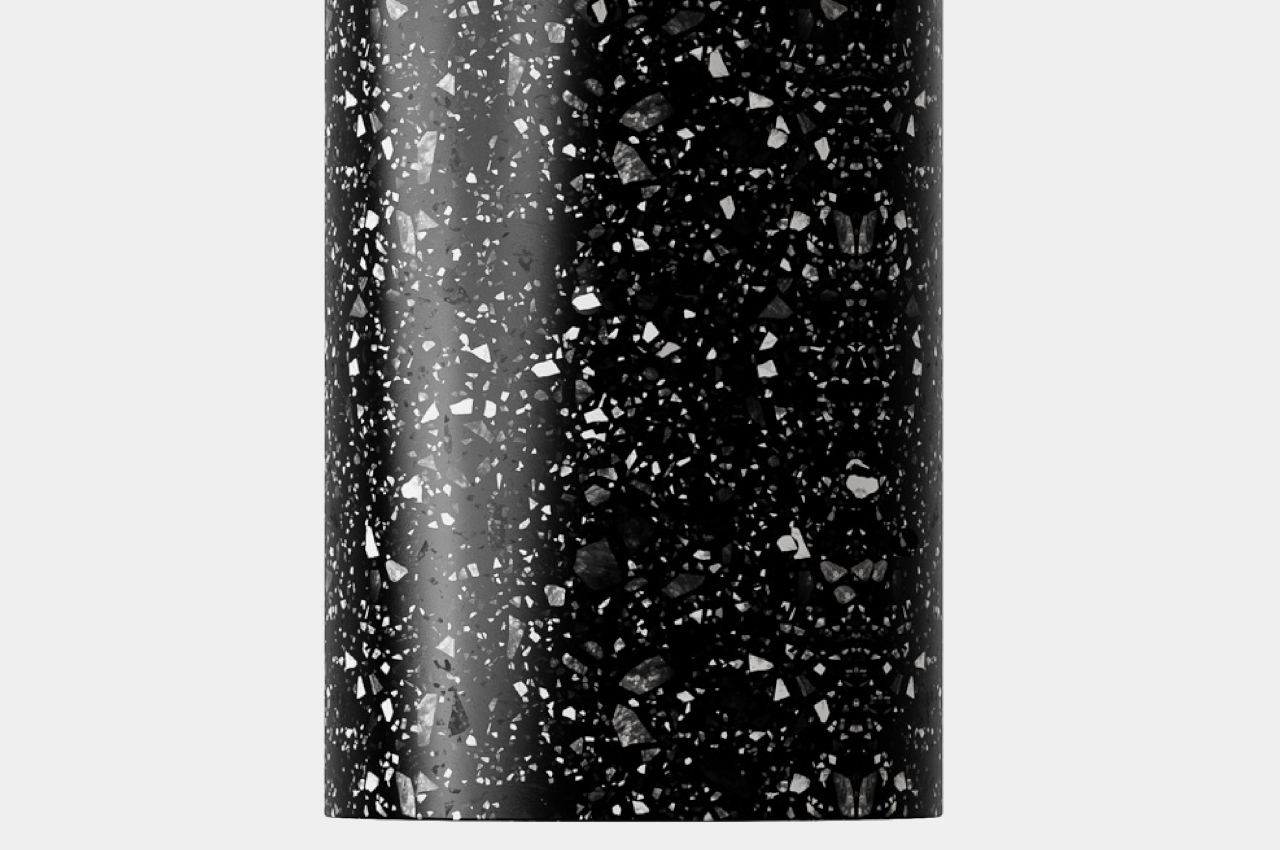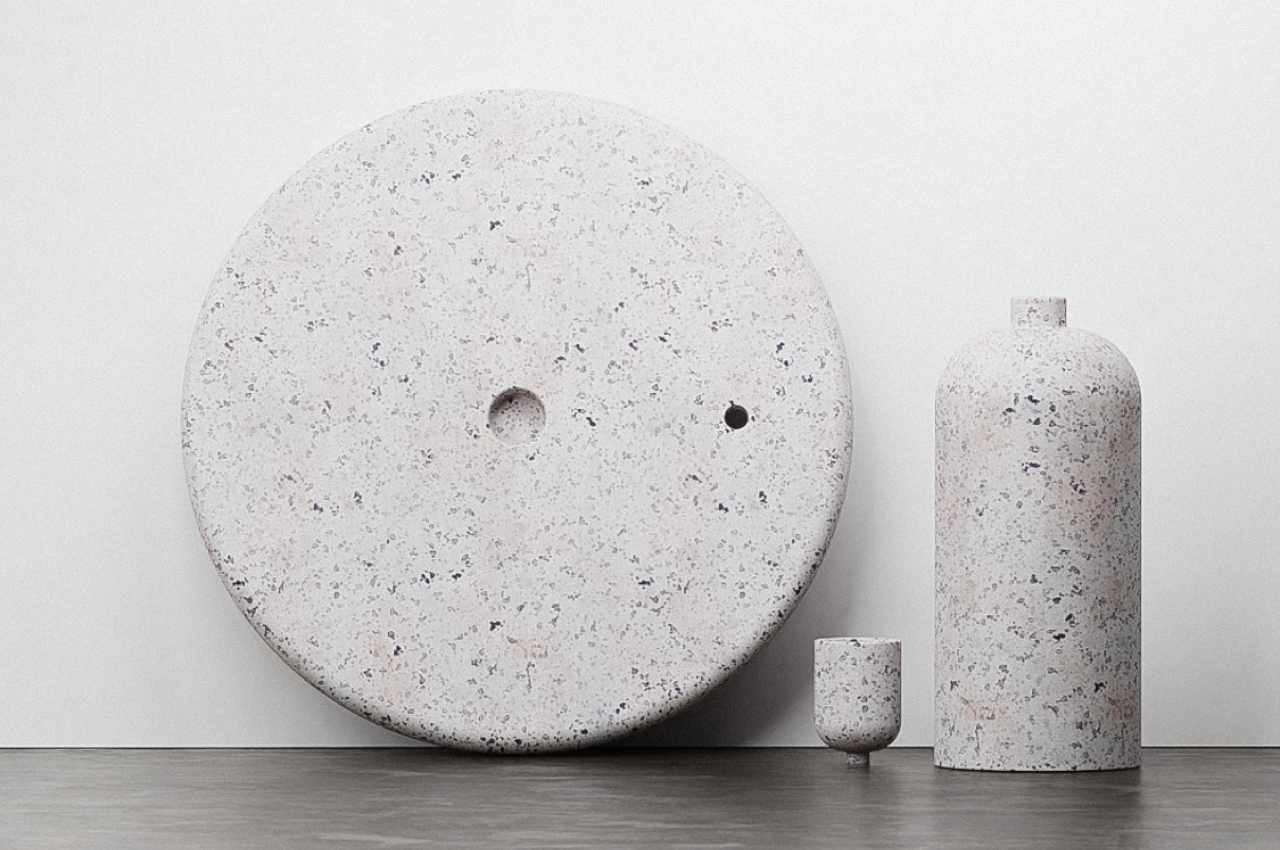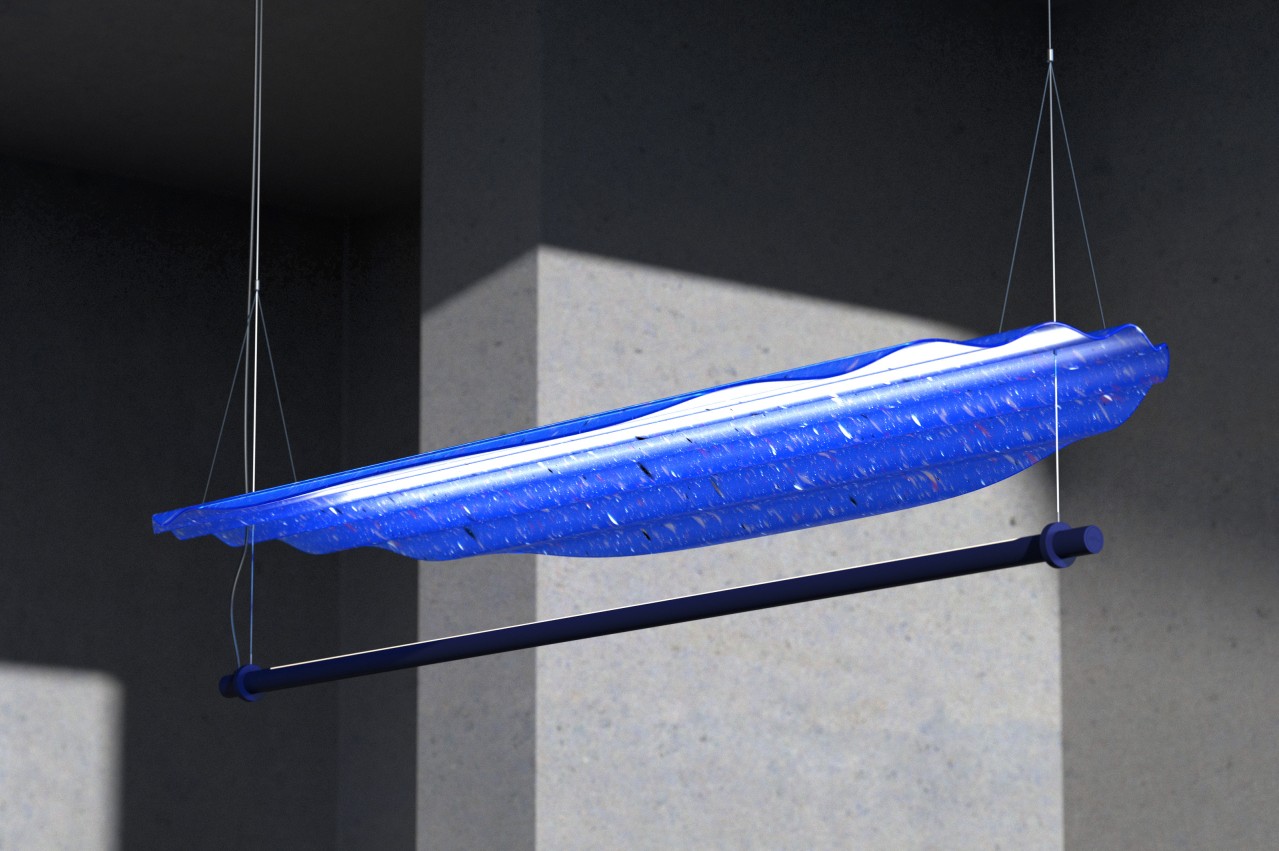
We all look to lamps and other lighting fixtures not just to illuminate but also to set an atmosphere, but most of the time it isn’t the light itself that creates this effect. More often than not, it’s the lampshade, shield, or any other material that reflects, refracts, and diffuses the light in interesting and sometimes mesmerizing ways that can dazzle and even affect our moods. Most of the time, those lamp shields are made of glass, metal, or plastic, but there are other, more interesting alternatives available. This particular design, for example, not only uses a sustainable material, it also gives it a distinctive spin that makes not only the shade but also the light it throws a sight to behold.
Designer: Fuhua Wang, Weichih Chen
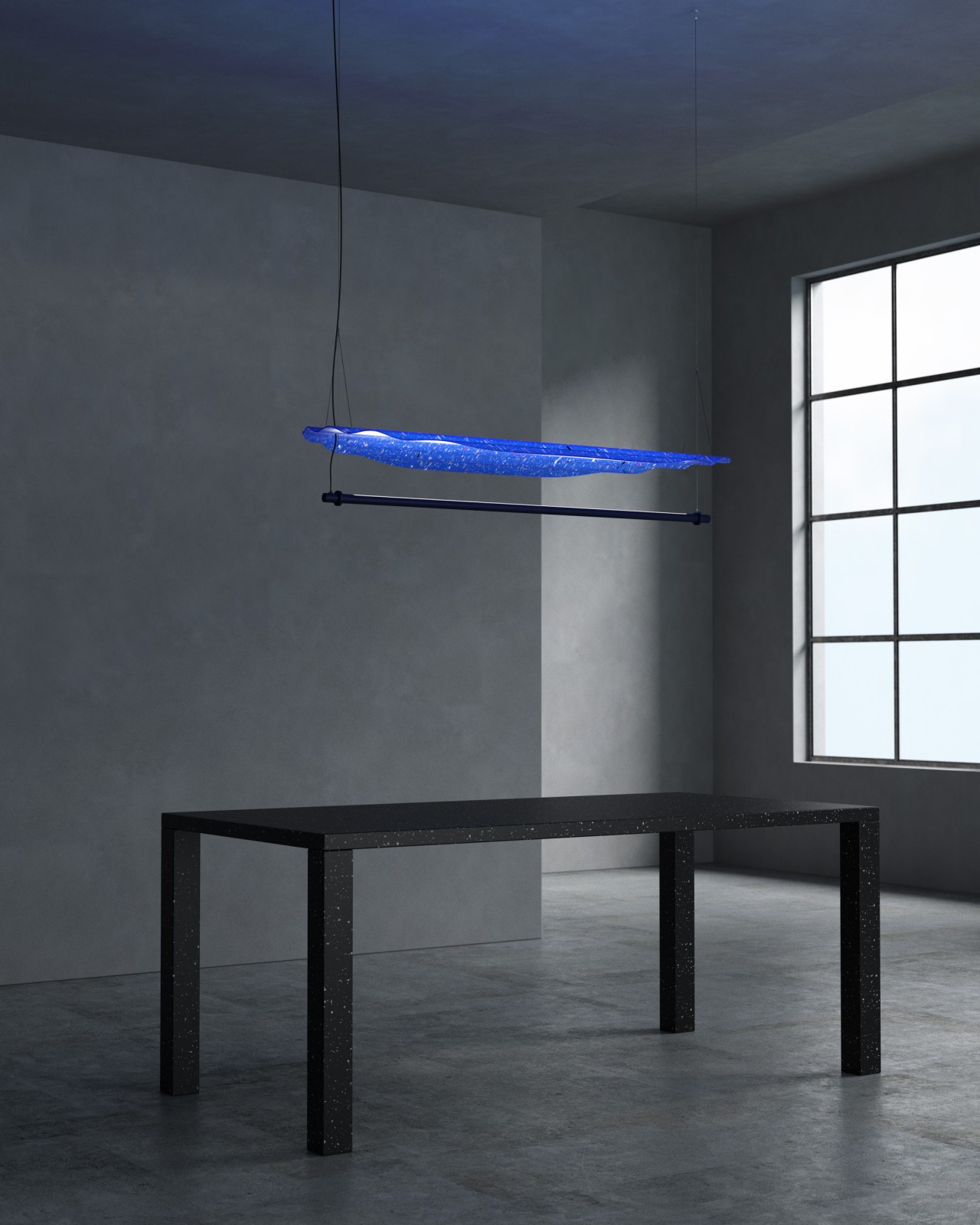
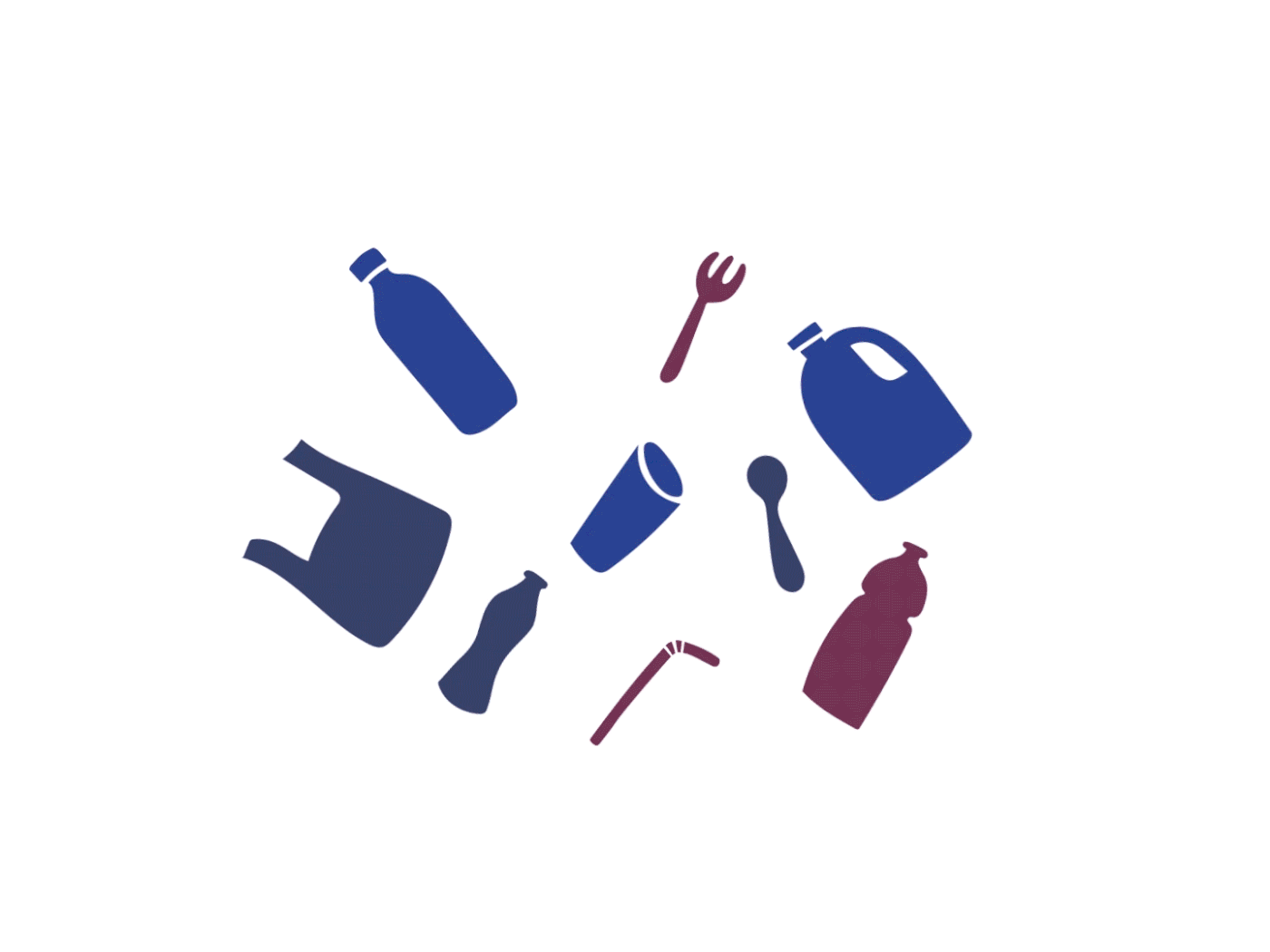
It’s not uncommon these days to see recycled plastics being used for design, and a particularly big source is ocean-bound plastic, including PET bottles, bags, and more. Most of the time, the pellets produced from breaking down plastic material are colored to match the requirements of a specific design, but the Ondina sustainable pendant lighting preserves some of the properties of the properties of plastic materials to create a more interesting appearance.
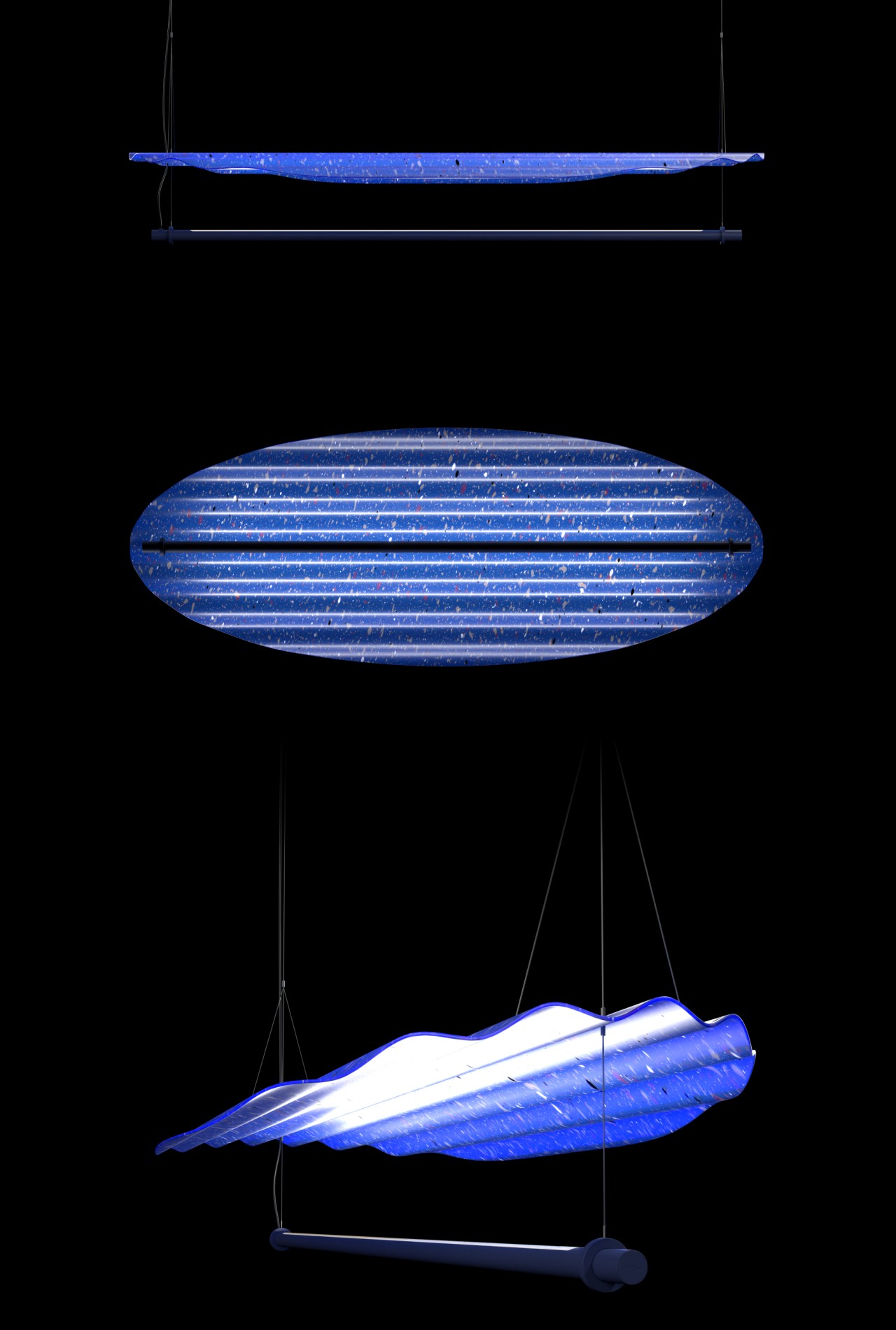
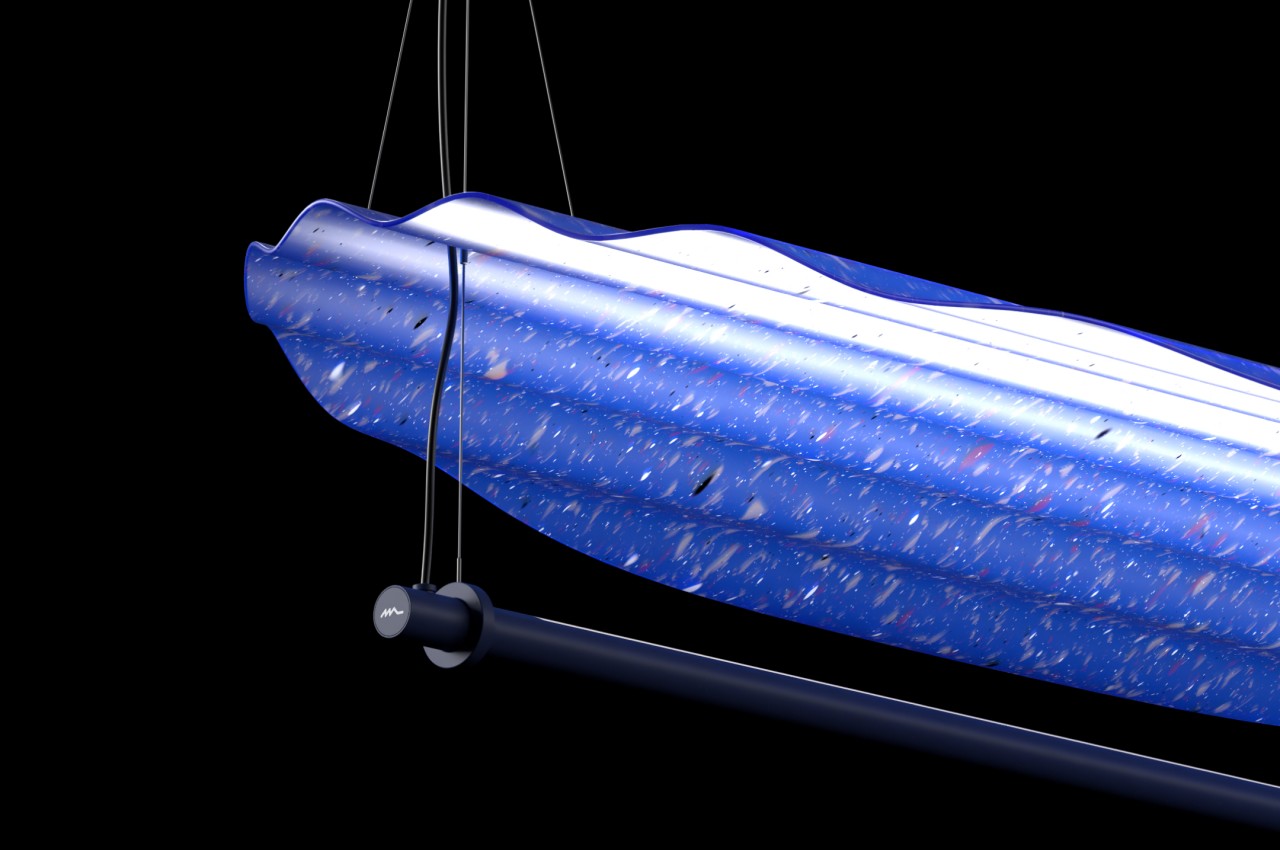
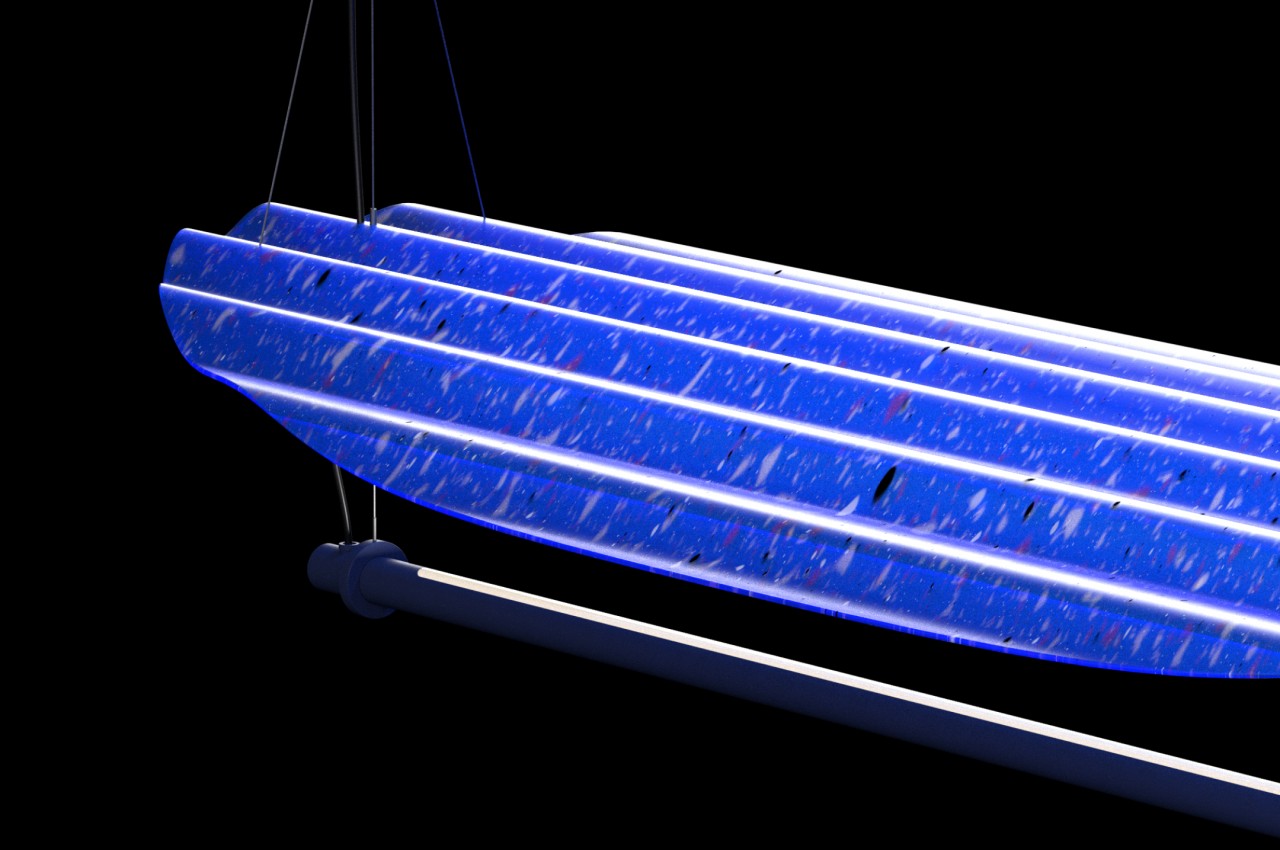
The result is a material that looks similar to terrazzo that is often used in tiles for flooring and walls. The small bits and pieces of color give the translucent blue layer some vibrancy, though it could also be a representation of the pollution that litters the oceans. Coincidentally, or perhaps intentionally, the lamp shield actually has a wavy shape, not unlike the waves of bodies of water.
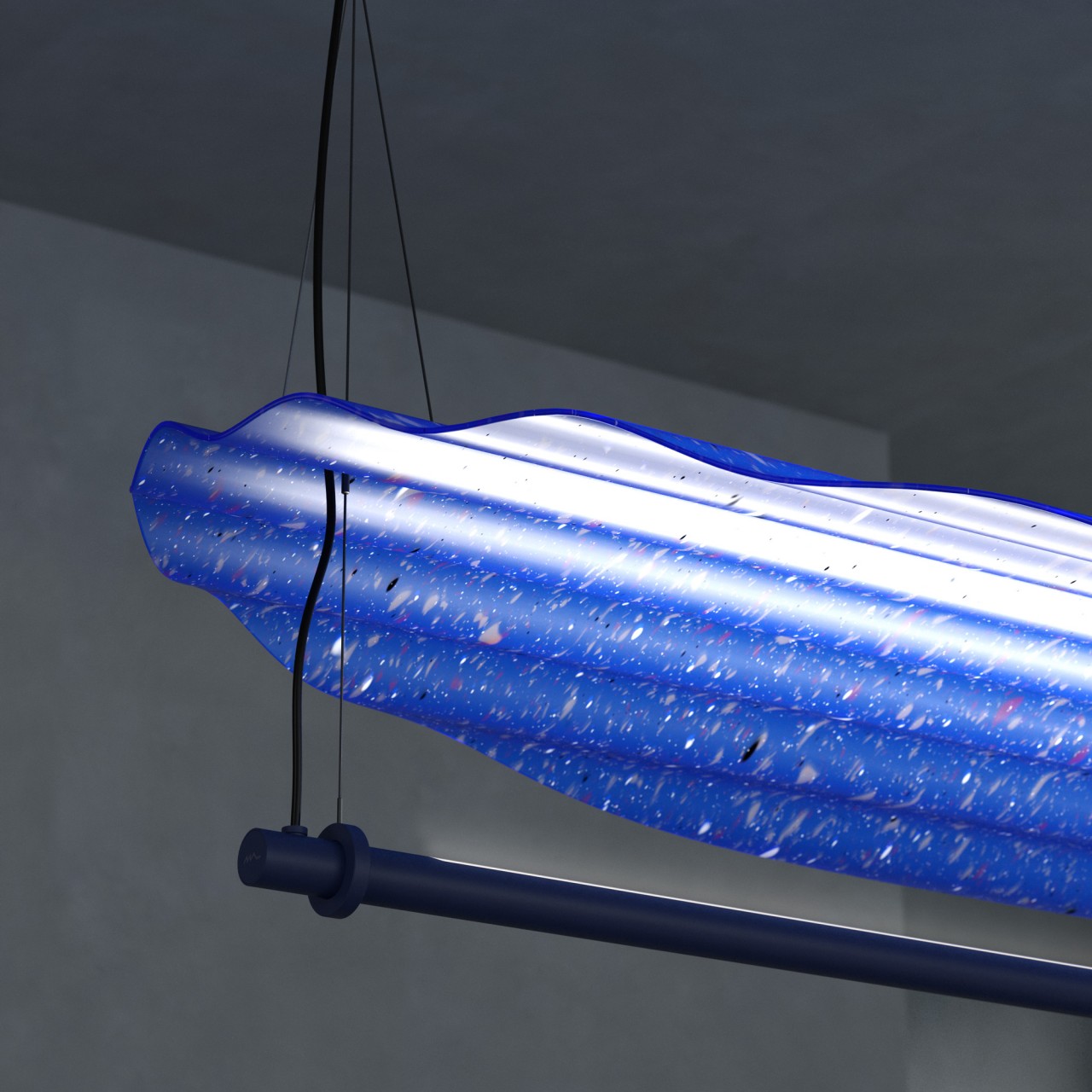
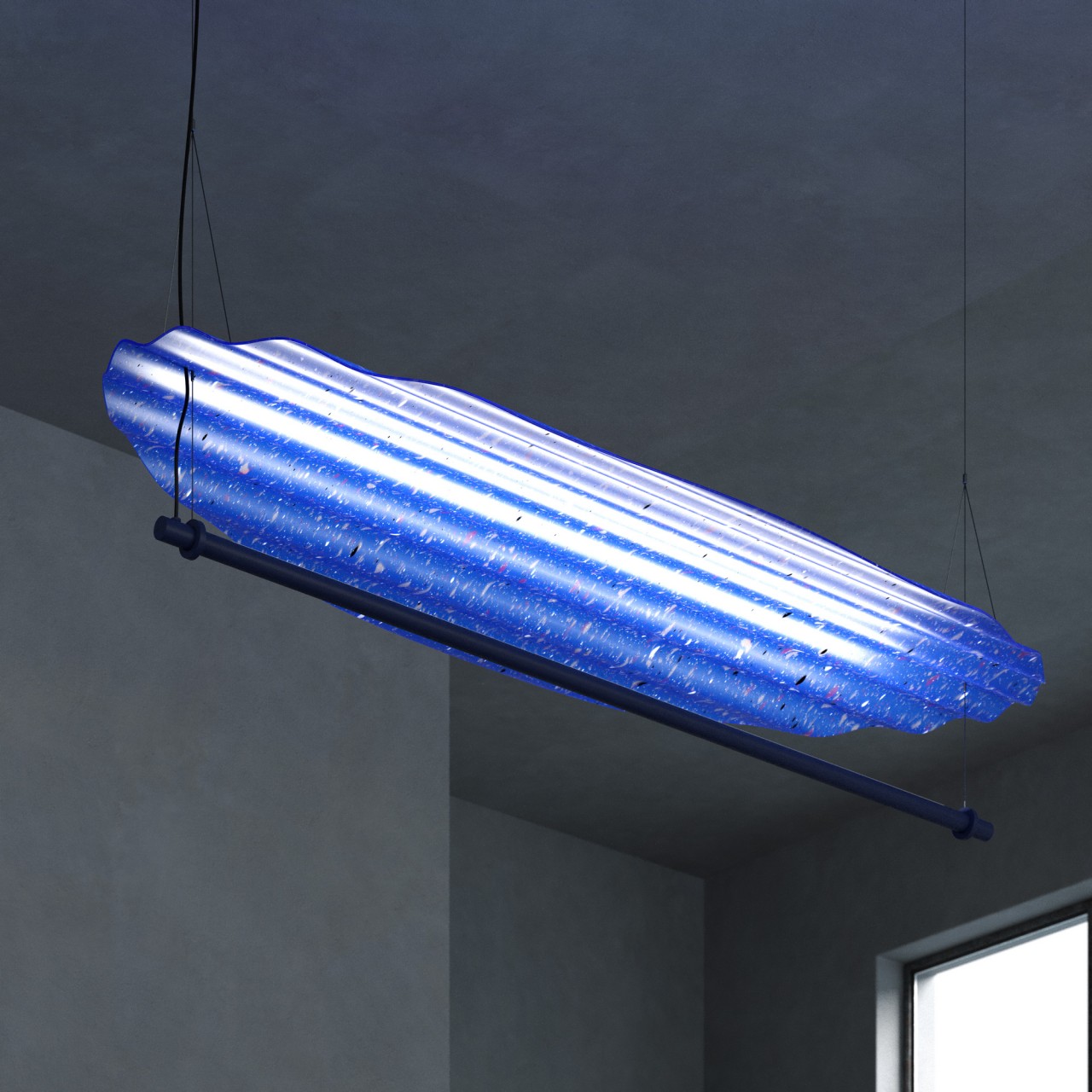
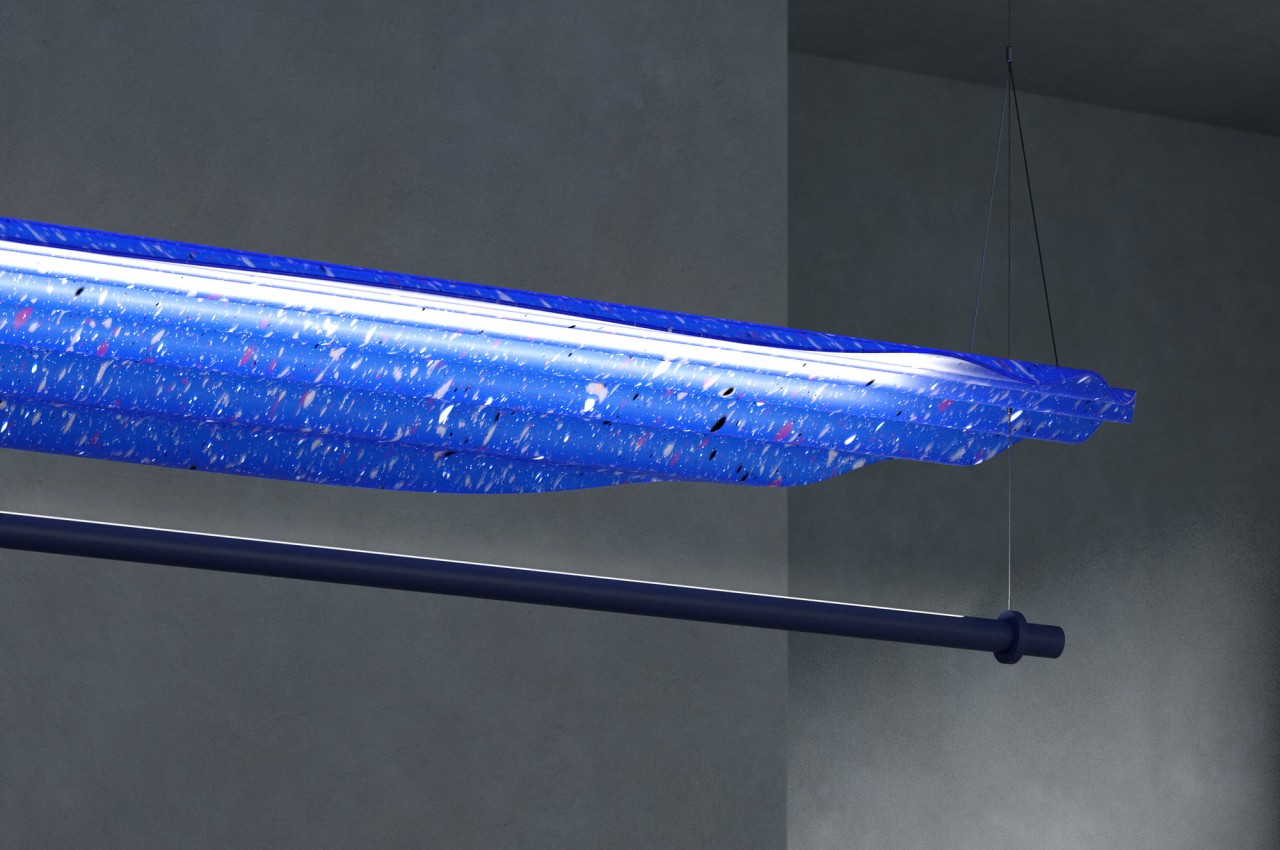
The pendant lamp itself is actually pretty simple, just an LED aluminum tube hanging from a ceiling by its two ends. The lamp shade is placed some distance above the tube, giving ample space for the light to diffuse and spread rather than being reflected directly by the material. This creates a bluish glow not only around the lamp but also on the ceiling as it passes through the translucent shield. The color is soft and calming, even with a pure white LED, but it also still reflects enough of that bright light so that the lamp functions as more than just a mood lamp, sufficiently illuminating the space around it.
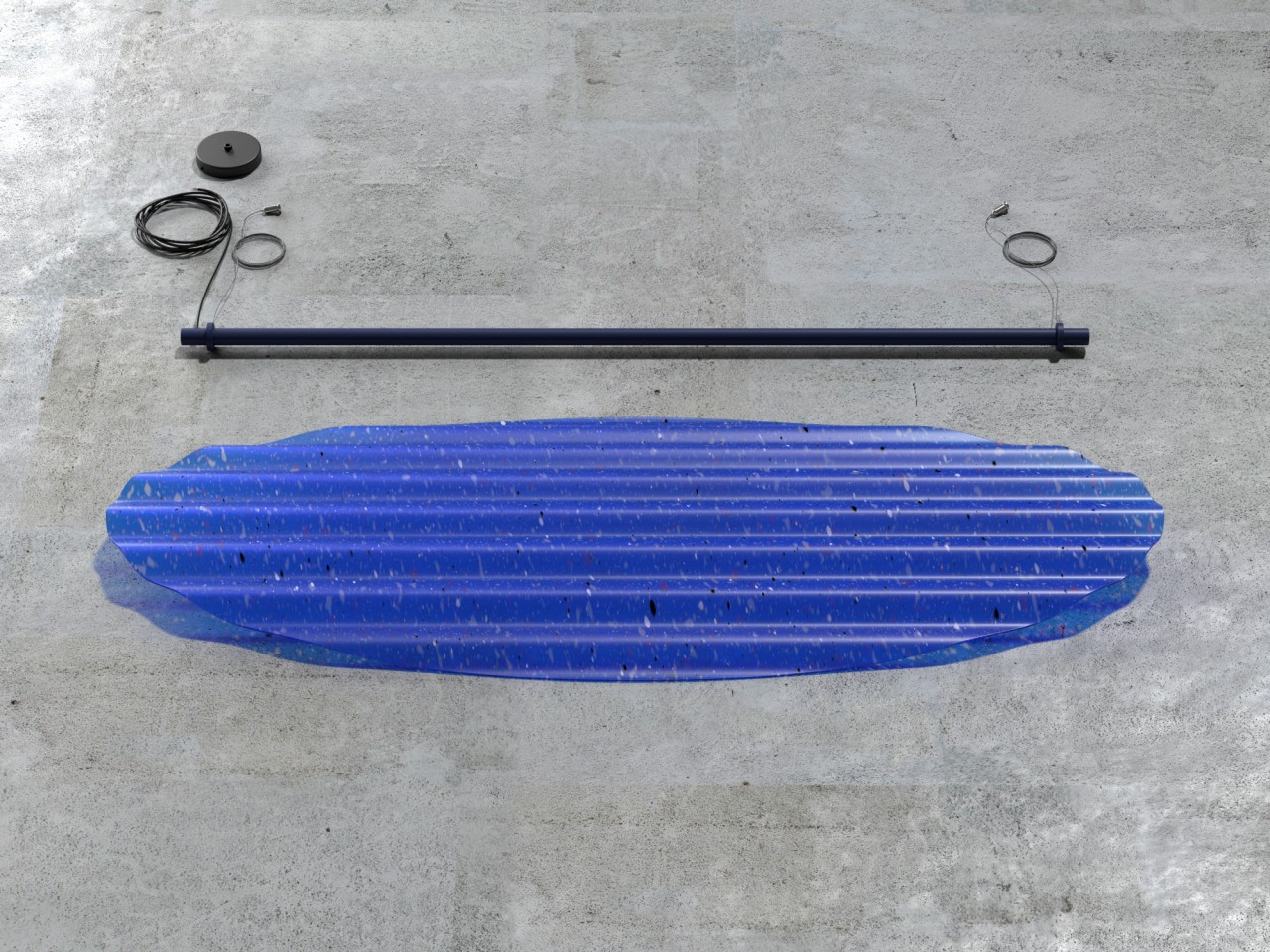
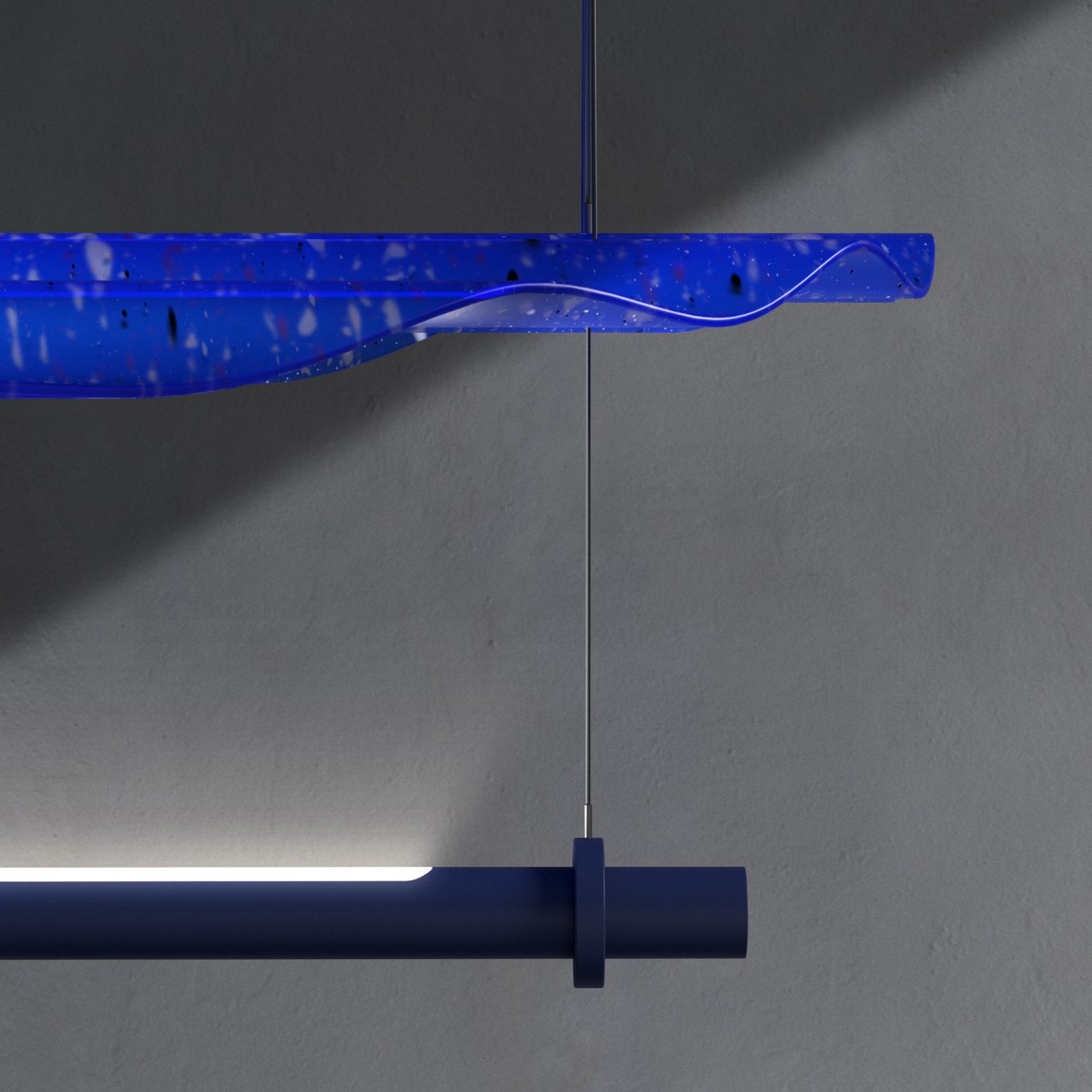
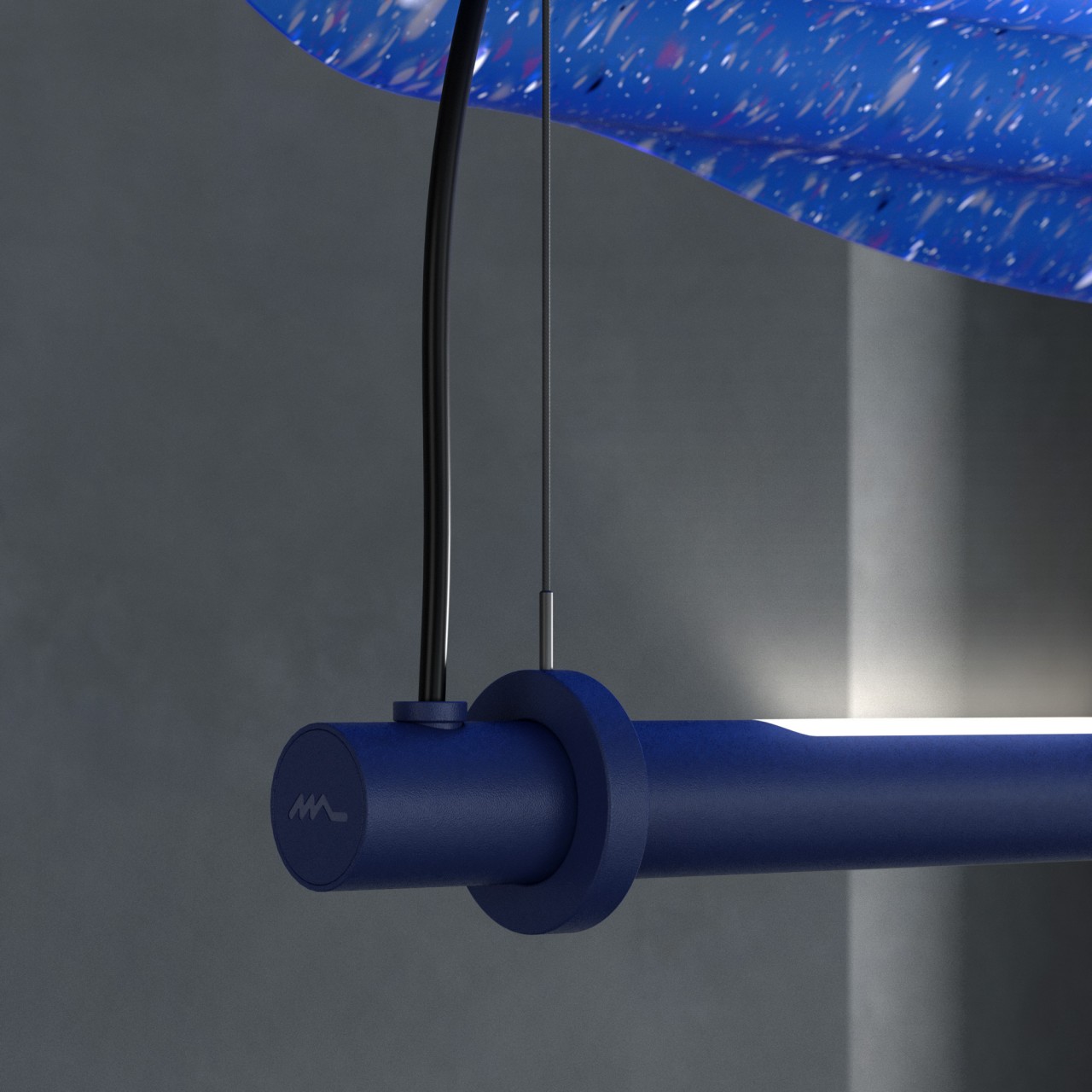
Every part of Ondina is designed to be sustainable and extensible, applying the lamp shade to more than just a pendant lamp. It can be used for wall or floor lamps as well, just with some modification of the design. More importantly, the simple components make it trivial to replace parts that are broken, prolonging the life of the product and preventing it from adding to the waste already swimming in our waters.
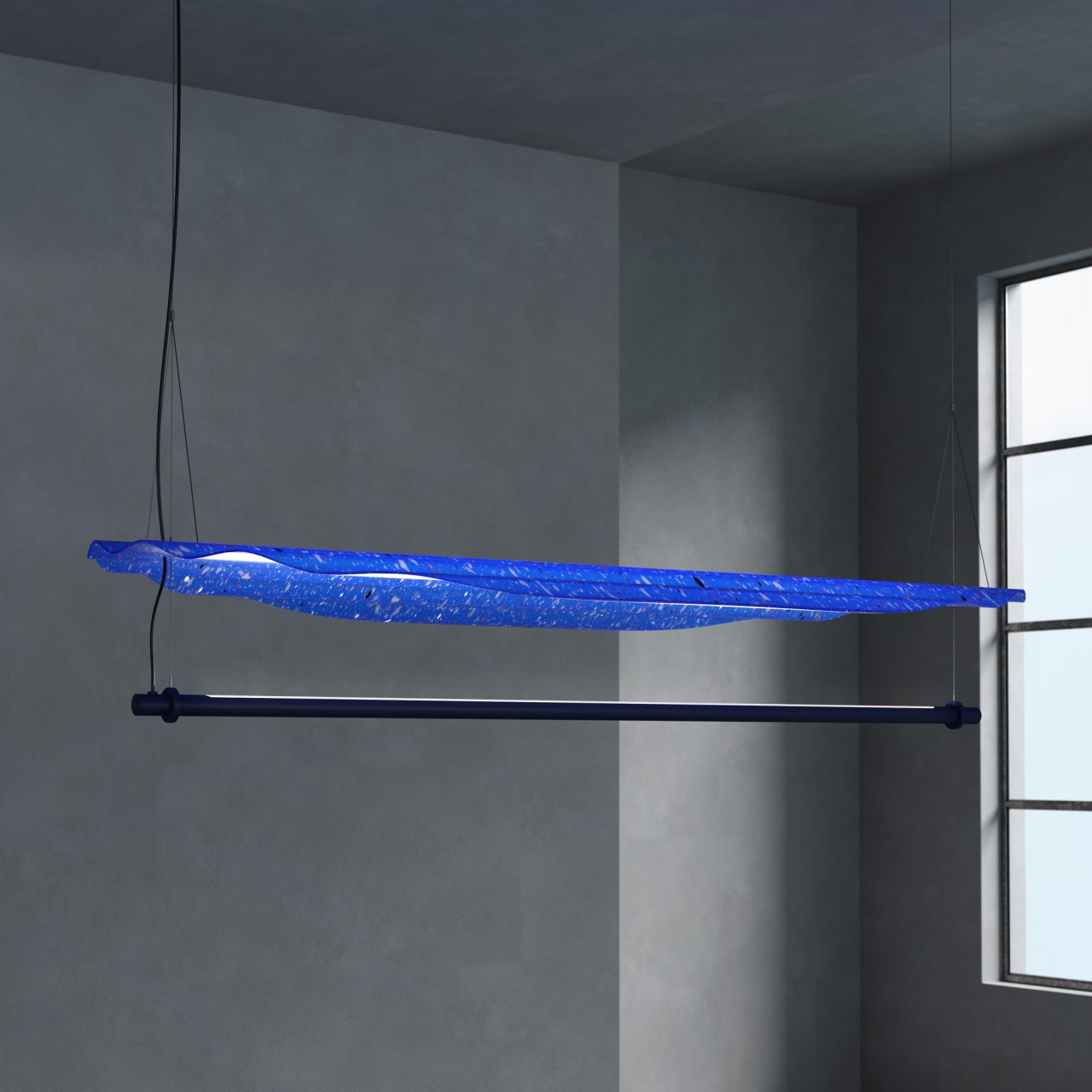
The post Terrazzo lampshade casts a refreshing glow thanks to recycled plastic first appeared on Yanko Design.

